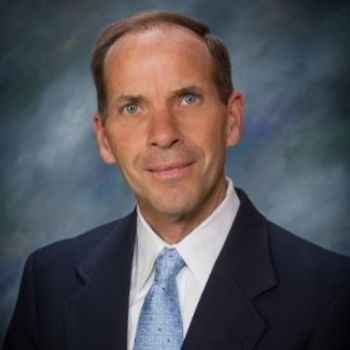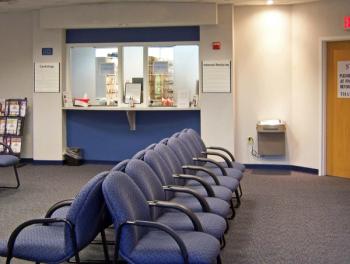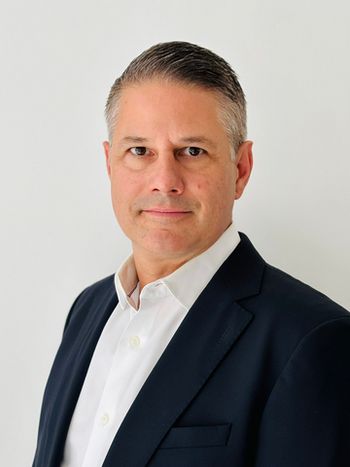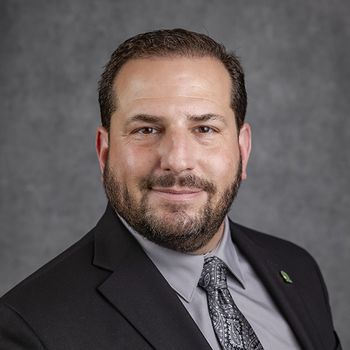
- April 10, 2019 edition
- Volume 96
- Issue 7
Top 4 healthcare trends for 2019
An overwhelming number of new medical technologies promises to improve diagnostics and increase efficiencies in healthcare-and we’ll start to see these improvements soon.
An overwhelming number of new medical technologies promises to improve diagnostics and increase efficiencies in healthcare-and we’ll start to see these improvements as soon as 2019. Patients are advocating for themselves more vocally as the standard of care shifts toward a more person-centered model and the expectations of convenience and access to information is more critical than ever. Changes in medical (or insurance) coverage and legislation have pressed physicians to be more strategic about how they can provide optimal care. This is not the time for fighting change, but it is an opportunity for clinicians to implement these changes in a way that will benefit, not burden, both themselves and their patients.
The rise of the machines
Unlike science fiction, artificial intelligence (AI) technologies should give us great hope for the near future. The technology will enhance, not replace, human efforts. AI promises to alleviate repetitive burdens and provide more accurate tools, so that the medical community can offer better care. Its explosion onto the funding/startup scene is both indicative of its potential and the reason less tech-savvy people feel overwhelmed.
Growth in the AI health market is expected to reach
Marriage of convenience
Healthcare mergers and acquisitions are on the rise, with an increase of and a reported
We are also seeing small practices being acquired by larger organizations in an effort to provide the economies of scale needed to keep up with the times, and spread out the burden of supply chain, IT, and other back office functions. However, this increased efficiency comes at a price. Medical costs will
All-access pass to care
Changes in healthcare legislation and patient philosophies have resulted in both a greater supply of and demand for care on a 24/7 basis.
We can see how legislation influenced access to care when the Affordable Care Act began to
The patient-first approach means that physicians must adopt new, more flexible models of care to accommodate patients. For example, seniors are demanding more in-home care and busy adults want fewer interruptions to their own work days, be it for their appointments or their children’s. Nonetheless, this trend also has resulted in
A virtual takeover
Telehealth solutions have not been compelling enough to warrant mass adoption due to either needless complexity or the lack of value-add to patients and physicians. But the same philosophies that have governed the patient-first approach to care have now been applied to technology design, resulting in an infinite number of possibilities for connecting patients and clinicians remotely. These virtual visits (
We’re poised for a 2019 that showcases a drive for better, more personal access to care and the embracing of technology to deliver it through consolidated databases. It’s an exciting time to be a physician-and to reconnect with our roots. Why did you become a physician? Likely so that you can help people -and a return to more personal care-leveraging technology will help you do just that.
Samant Virk, MD, is the CEO and founder of MediSprout.
Articles in this issue
almost 6 years ago
The physician-patient relationship has changedover 6 years ago
How to integrate health apps at the point of careover 6 years ago
The rising price of insulinover 6 years ago
Six tips to getting paid for CPT modifiersover 6 years ago
IT services at your practice: In-house or outsourced?over 6 years ago
Your voice: Primary care is dying because burdens are too greatover 6 years ago
New 2019 regulations for BMI codingover 6 years ago
The risk of direct careover 6 years ago
Getting off the corporate treadmillNewsletter
Stay informed and empowered with Medical Economics enewsletter, delivering expert insights, financial strategies, practice management tips and technology trends — tailored for today’s physicians.















